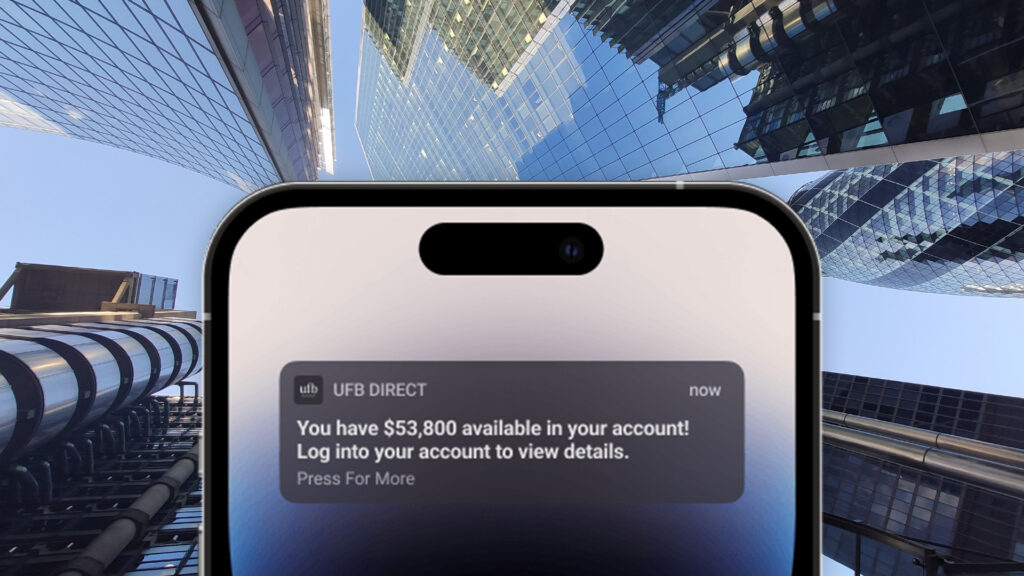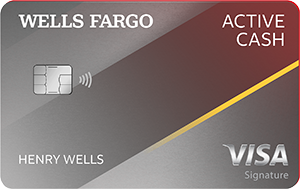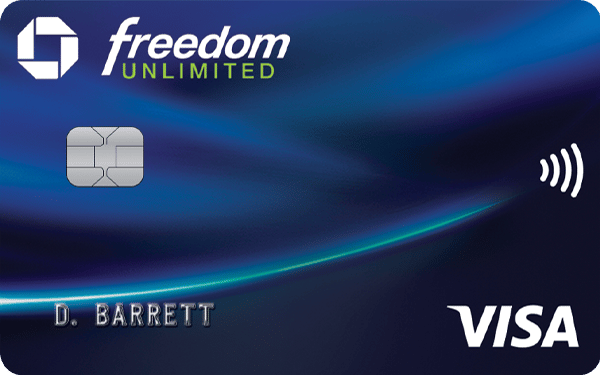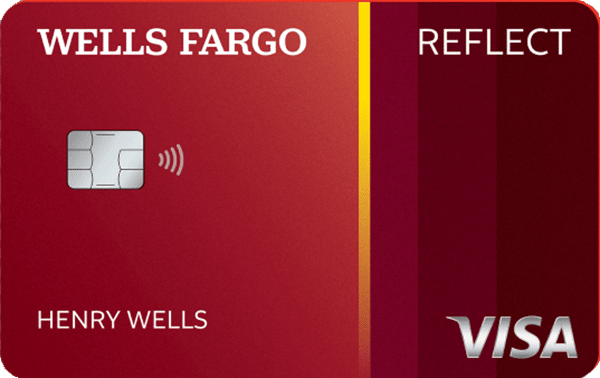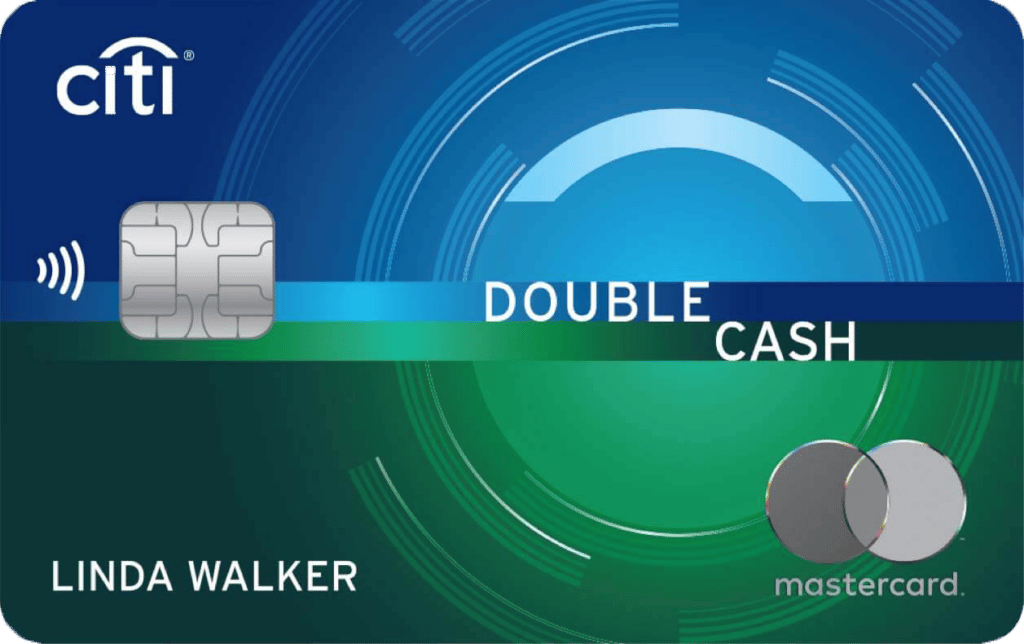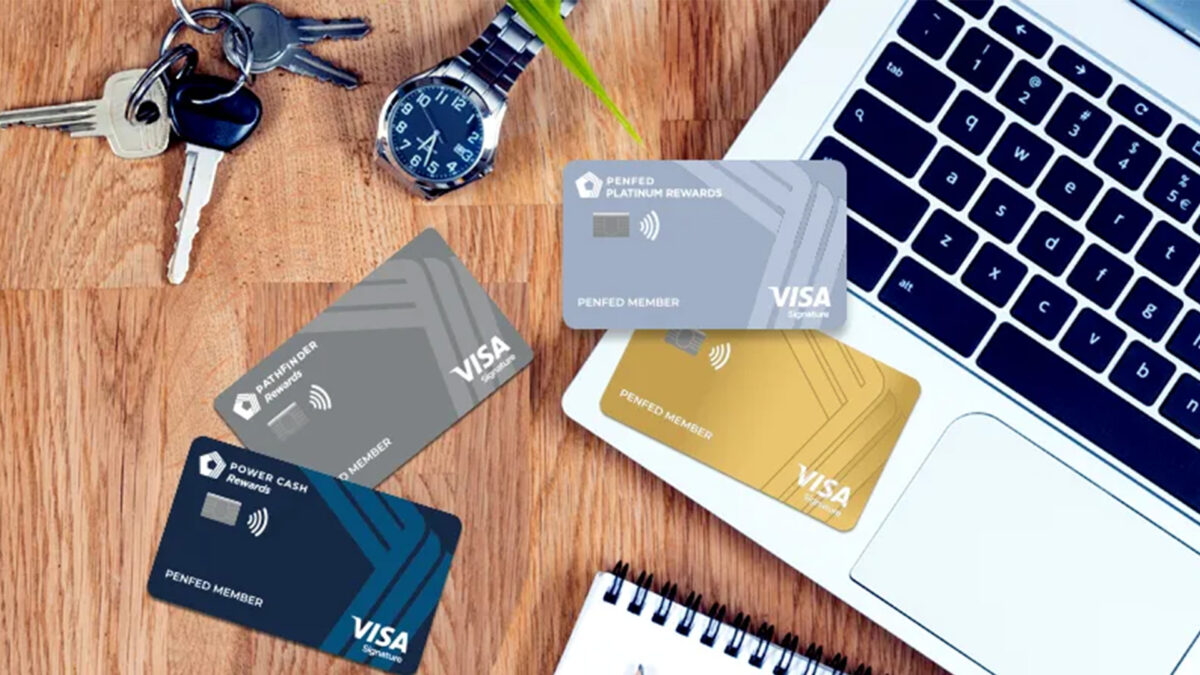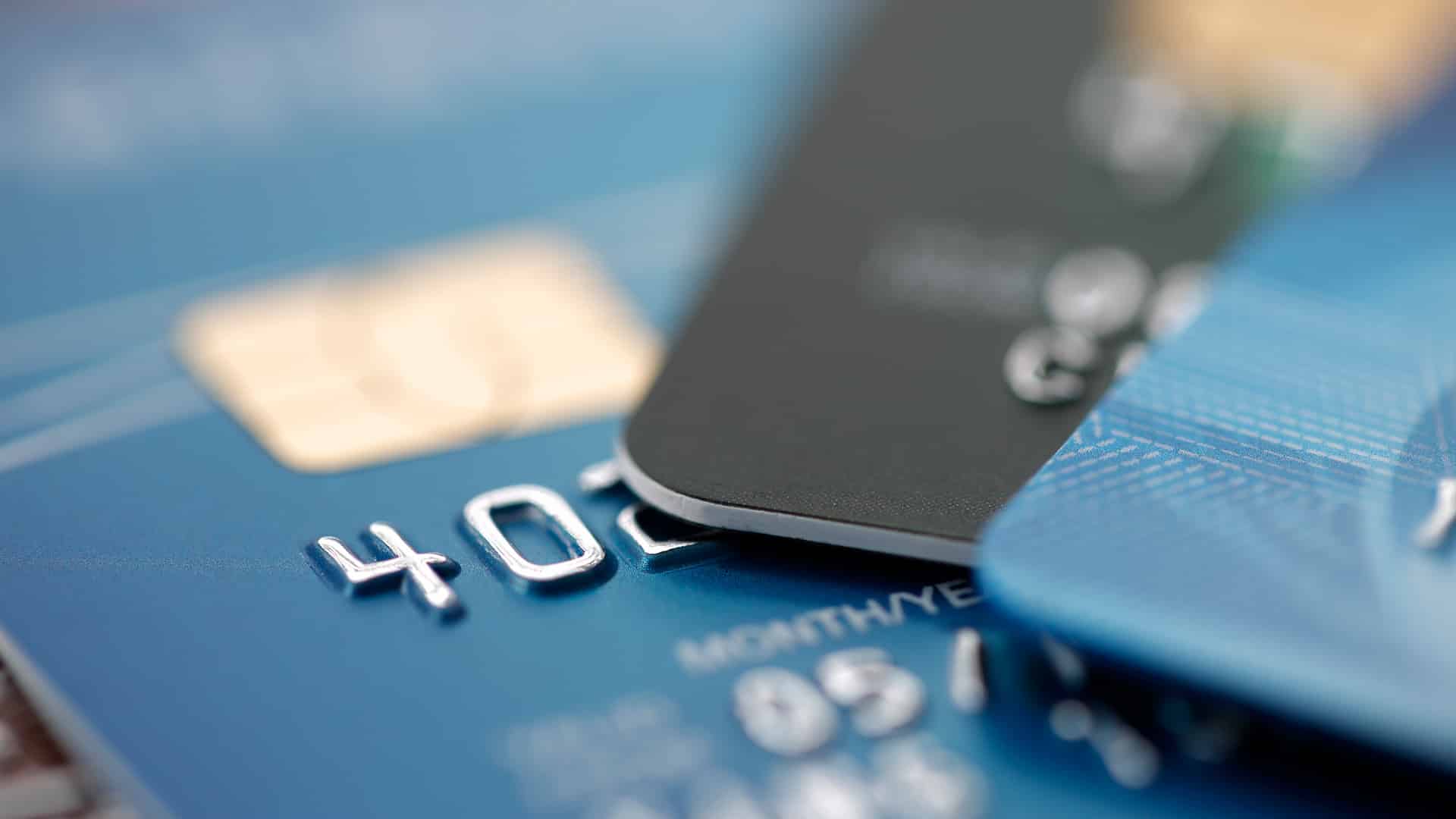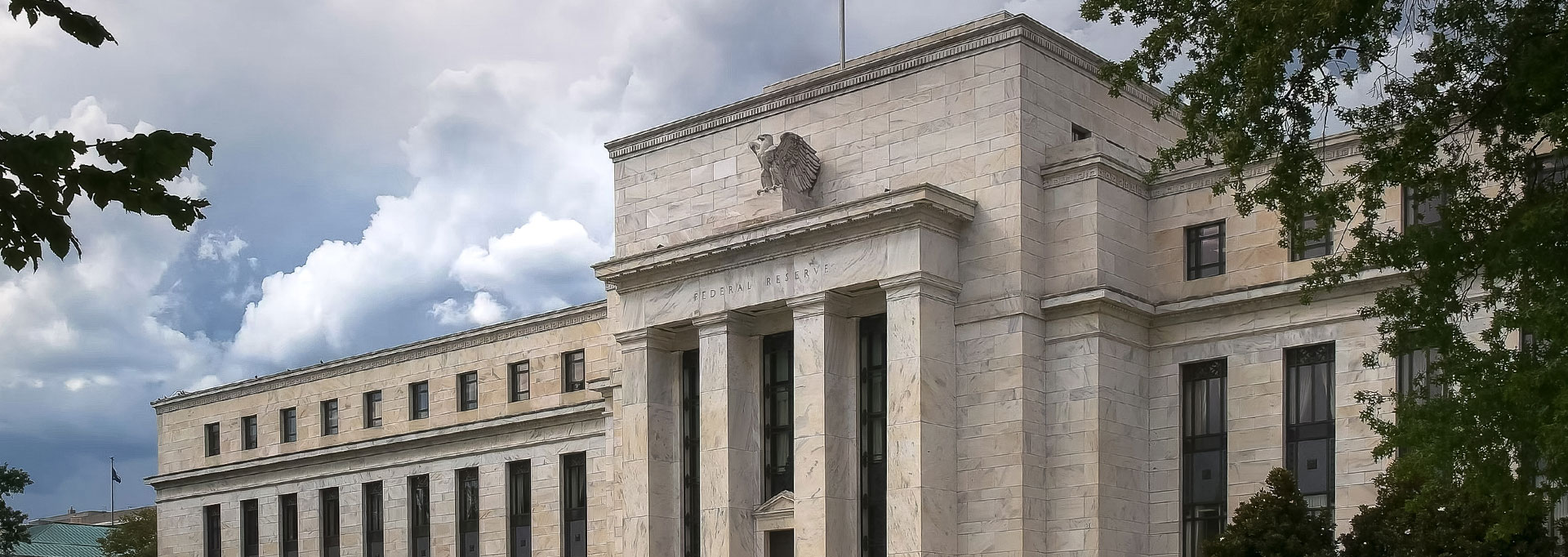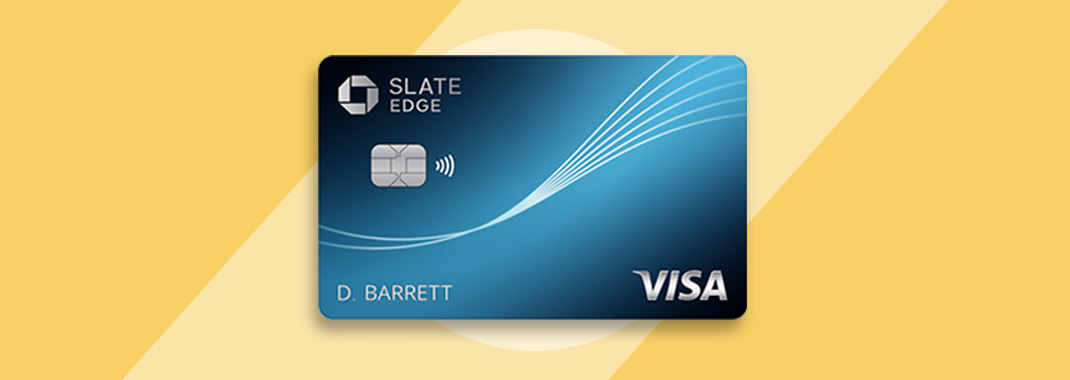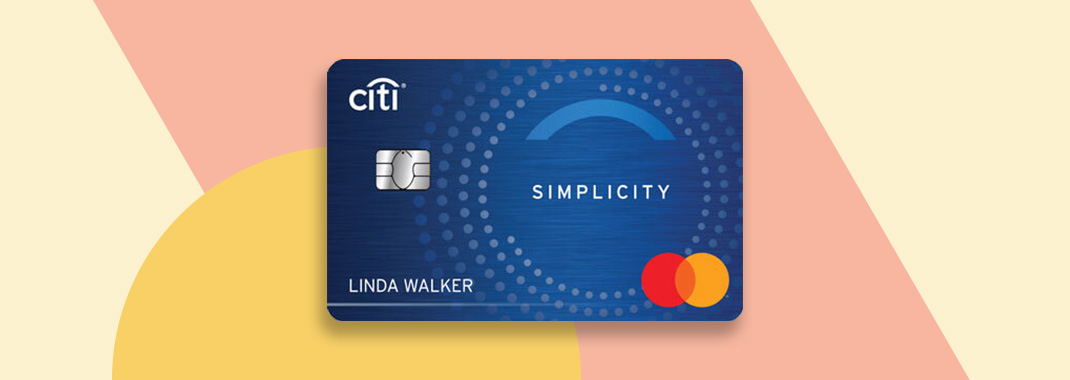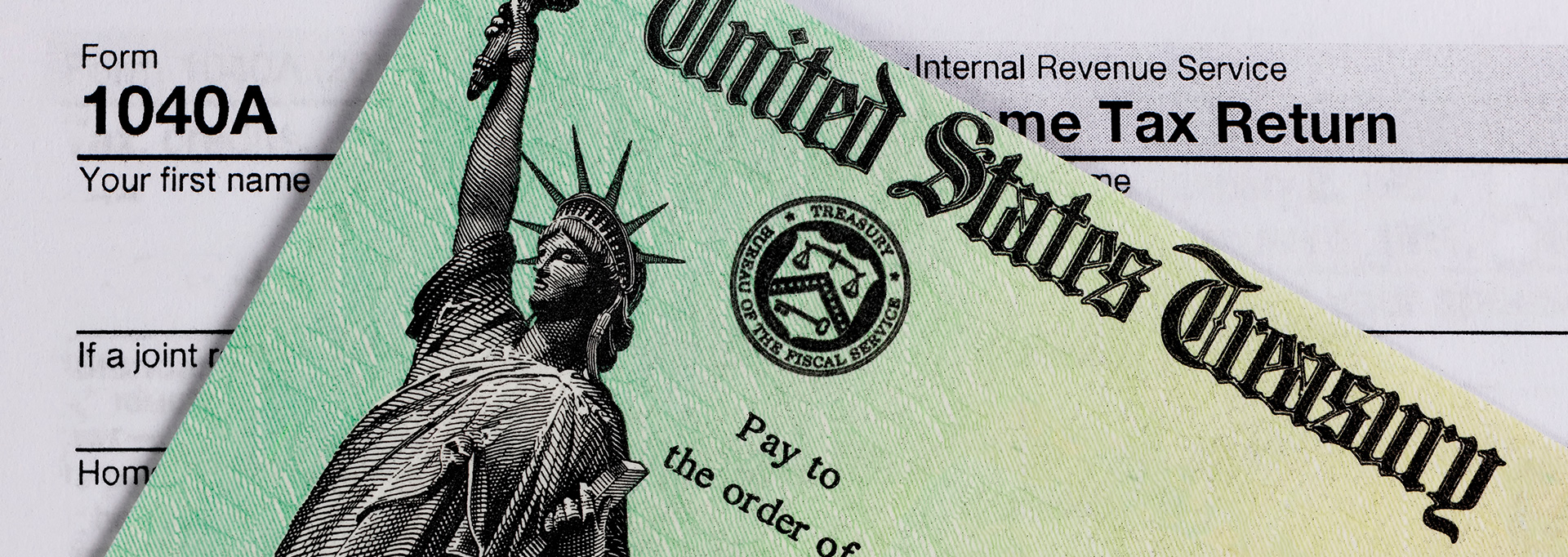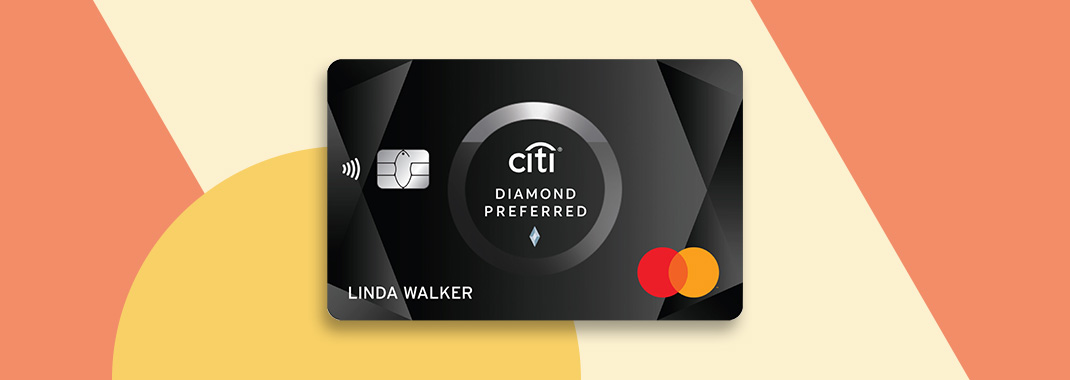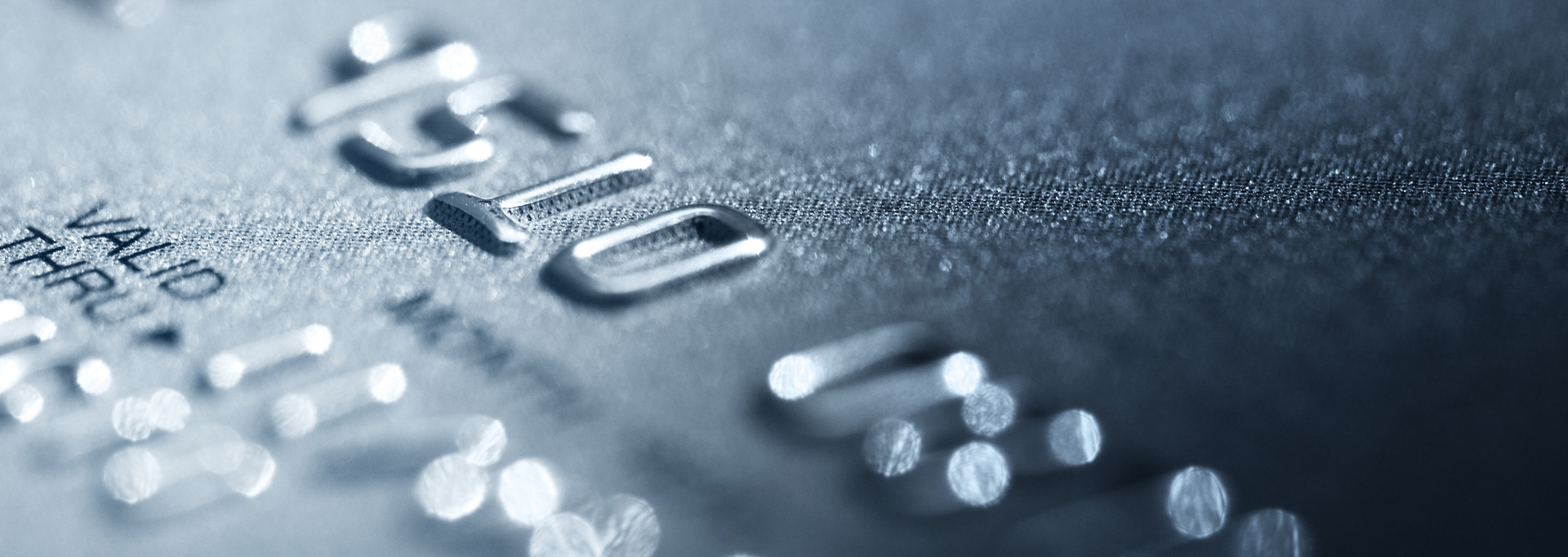Most products on this page are from partners who may compensate us. This may influence which products we write about and where and how they appear on the page. However, opinions expressed here are the author's alone, not those of any bank, credit card issuer, airline or hotel chain.
More
As unsecured debt, credit cards have a higher interest rate than home mortgages or car loans that are secured by assets. And unlike a home mortgage or a student loan,
The simple way to avoid paying credit card interest is to pay your entire statement balance in full and on time each month. But given the current economic climate, that’s often easier said than done. In such instances, consider these seven innovative ways to minimize or avoid paying interest on your cards.
1. Maximize Your Card’s Grace Period
American credit card users who avoid interest charges may be doing so by paying their balances in full during their credit card’s grace period. This is the time between the end of your card’s billing period and its payment due date. Many credit cards have a grace period of at least 21 days, but it could be longer, such as 25 days.
First, you should learn what date your card’s billing period ends, which is the date that your card’s monthly statement is generated. When you’re able to postpone making a large purchase until your card’s next billing period, after your statement is generated, then it won’t appear on your previous statement. This will give you additional time to pay for the charge in full and avoid incurring interest. If you have multiple credit cards, then you can use the card that has the most recent statement closing date in order to gain the most time to pay off your charges.
2. Use Promotional Financing Offers for New Purchases
There are many credit cards that offer 0% APR promotional financing on new purchases, balance transfers, or both. But because balance transfer offers impose a fee of 3% to 5% of the amount transferred, it makes m
Recommended Low-Interest Credit Cards
| Credit Card | Intro APR | APR | Learn More |
|---|---|---|---|
|
|
0% intro APR for 15 months
0% intro APR for 15 months from account opening on purchases and qualifying balance transfers. 20.24%, 25.24%, or 29.99% Variable APR thereafter; balance transfers made within 120 days qualify for the intro rate and fee of 3% then a BT fee of up to 5%, min: $5. |
20.24%, 25.24%, or 29.99% (Variable) |
Apply Now Rates & Fees |
|
|
0% Intro APR for 15 months
This card allows new cardholders to save money with an introductory 0% interest rate on new purchases and balance transfers for the first 15 months of account opening. After the introductory period, a 20.49% - 29.24% variable rate will apply. Balance transfers made within the first 60 days of account membership will be charged a balance transfer fee of either $5 or 3% of the amount of each transfer. After 60 days, that balance transfer fees increases to either $5 or 5% of the amount of each transfer, whichever is greater |
20.49% - 29.24% (Variable) | Apply Now |
|
|
0% intro APR for 21 months
0% intro APR for 21 months from account opening on purchases and qualifying balance transfers. 18.24%, 24.74%, or 29.99% variable APR thereafter; balance transfers made within 120 days qualify for the intro rate, BT fee of 5%, min $5. |
18.24%, 24.74%, 29.99% (Variable) |
Apply Now Rates & Fees |
|
|
0% for 18 months on Balance Transfers
New cardholders enjoy 0% introductory APR on all balance transfers for the first 18 months of account opening. After that, the variable APR will be 19.24% - 29.24%, based on your creditworthiness. Balance transfers do not earn cash-back rewards and are charged an intro balance transfer fee of 3% of each transfer (minimum $5) completed within the first four months of account opening. After that, the fee will be 5% of each transfer (minimum $5). |
19.24% - 29.24% (Variable) |
Apply Now Rates & Fees |
3. Create a Plan to Pay off Your Interest-Free Balances
Offers for interest-free promotional financing are great, but they don’t last forever. To escape the cycle of debt, divid
Use another card that you pay off each month. Or better yet, stop using credit cards for new purchases and use cash or debit cards for your daily purchases. This will help you to control your spending and won’t allow you to incur more debt.
Want to earn some extra cash?Explore the Best Bank Bonuses Currently Available
Visit the Marketplace
4. Pay Early but Spend Late
If you’ve tried everything, and you’re still unable to avoid interest charges by paying your statement balances in full, then you should try to minimize your costs. Since credit card interest is assessed based on your account’s average daily balance, you can take steps to reduce that balance.
It starts by delaying as many purchases as possible, especially the largest ones. The next step is to make your payments as early as possible, rather than wait for the due date. In fact, it will help you to make multiple payments each month, rather than save up to make a single payment later.
5. Avoid Rewards Credit Cards
Earning cash back and travel rewards can be great, but only if you’re able to avoid interest by
6. Consider Cards from Federal Credit Unions
The F
7. Transfer Your Balance to a Low-Interest Loan
Since credit cards have very high interest rates, you can save money by transferring or consolidating your balances to a lower interest rate loan. Options can include a home equity line of credit or a personal loan.
So long as the interest rate is significantly lower than your credit card’s and the fees aren’t high (o
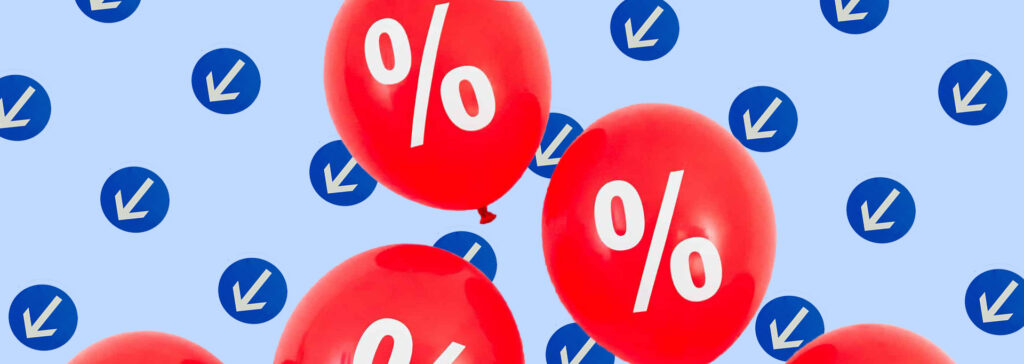 Related Article
Related Article
Best Low-Interest Personal Loans
Bottom Line
It’s no fun to realize how much interest charges cost you when you carry a balance on your credit cards. But by using these seven proven ways to reduce or eliminate your interest charges, you can save more money than you might have thought.

